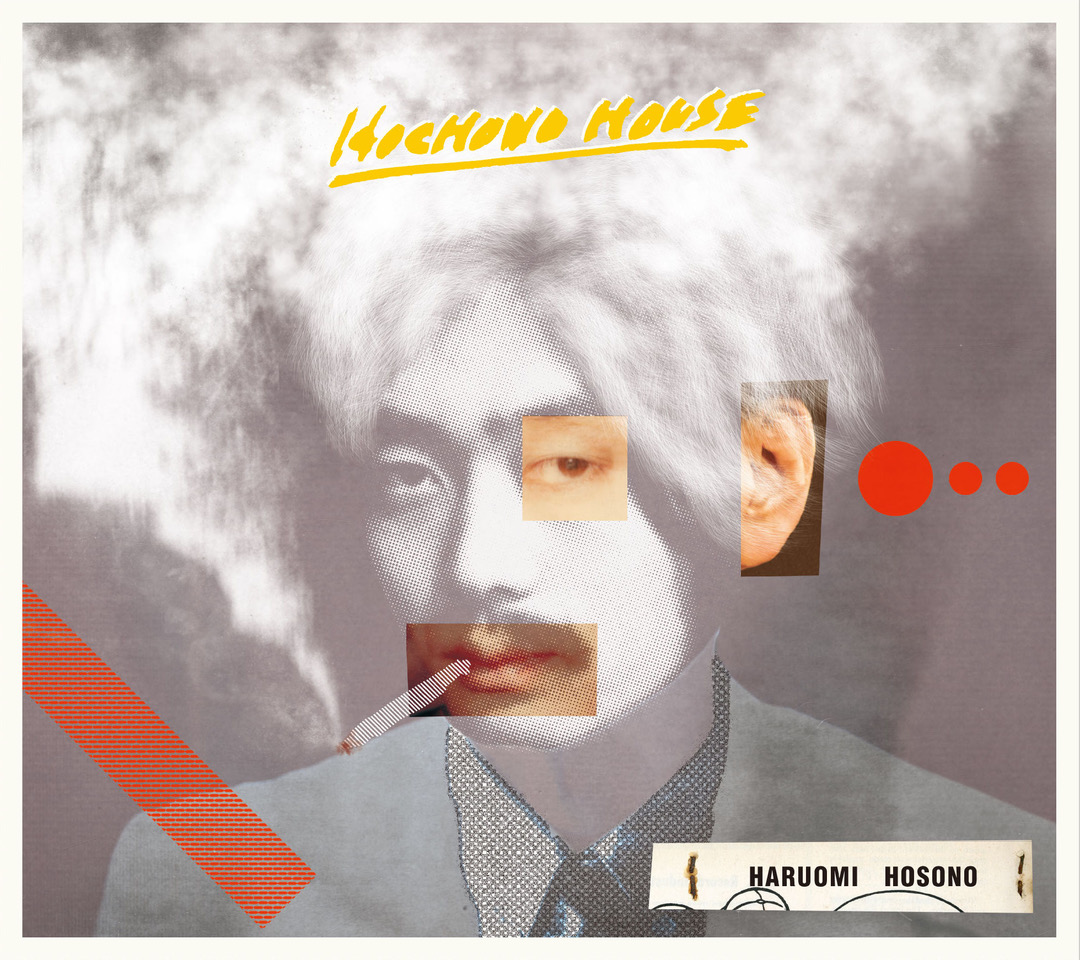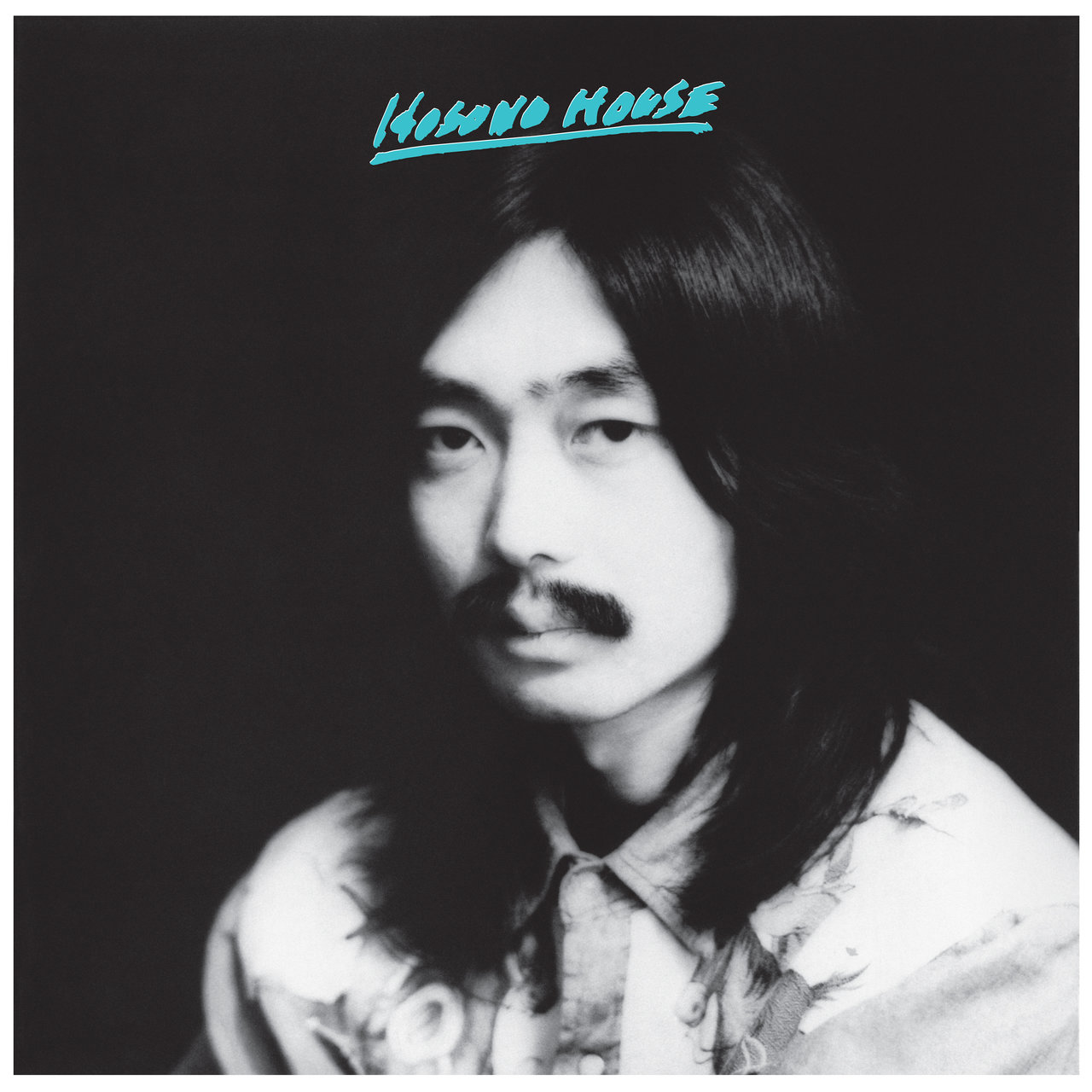Haruomi Hosono’s ‘Hosono House’ At 50
The ever-changing legend's first solo album, reissued in Japan by Bellwood/King Records
Haruomi Hosono’s career has taken so many twists and turns that if you randomly chose five of his records, you’d be forgiven for thinking you’re hearing five different artists. He helped pioneer Japanese-language rock with folk rock band Happy End, spoofed Western “Oriental” “exotica” tropes, pushed synthpop forward with Yellow Magic Orchestra, and helped bring ambient music to the Japanese masses. That’s not to mention his pivotal role in city pop, his myriad of late-period lounge records, his versatility as a bassist, or that his 1984 LP Video Game Music was the burgeoning genre’s first full album. Among the hundreds of projects Hosono’s had a crucial hand in, some are essential, groundbreaking pop records while others are just Hosono messing around on an E-mu Emulator for 40 minutes. Despite the stylistic diversity, his exploratory nature and seeming disregard for perfection runs consistently throughout his five decades of output. Hence why an accidental masterpiece that he’d completely forgotten about is only a year separated from four records that sound like a 10-year-old was let loose in a studio.
Recently reissued for its 50th anniversary, his 1973 solo debut Hosono House wasn’t the start of his career, but the first development towards forging his own path. That year, Happy End broke up after a short but important three-album run. Their self-titled 1970 debut paved the way for Japanese-language rock music at a time when singing Japanese lyrics in a Western genre was frowned upon (critics lambasted frontman Eiichi Ohtaki’s singing for being unintelligible), 1971’s Kazemachi Roman was a concept album about growing up in pre-Olympics Tokyo, while their (also self-titled) 1973 farewell recorded in LA was a dreary affair buried in mud by producer Van Dyke Parks. Bassist Hosono, who grew up during America’s post-war occupation of Japan, once remarked “...always listened to that music on Far East Network, the US military radio station. So almost all of the music I listened to was in English. I was thoroughly Americanized, I even regretted that I wasn’t American.” Tired of America and each other, the members of Happy End returned to Japan and broke up.
Needing a break from Tokyo, Haruomi Hosono moved to an American-style house in America Mura, Sayama, Saitama Prefecture. Originally built for American military families during the occupation, it was the closest he could get to America within Japan. There, he recorded Hosono House using a 16-track Ampex MM1100 tape machine and engineer Kenji Yoshino’s Sigma mixing console. It’s a short, comfortable-sounding record whose homely, domestic charm has proven its lasting appeal. It continues the folky country rock of Happy End’s third album, though more relaxed and a bit more musically diverse. “Choo Choo Gatagoto” rocks while still being chill, “Fuku Wa Uchi Oni Wa Soto” hints towards some of Hosono’s quirks soon to take full focus, “Boku Wa Chotto” is a beautiful ballad, and “Rock-A-Bye My Baby” is a cozy bit of bossa nova. Hosono regards Hosono House as unfinished and called it “virtual American country,” and while he’d soon go onto more interesting and essential things, it’s still a worthwhile listen and an important early moment in his career.
For its 50th anniversary, Bellwood/King Records in Japan just reissued Hosono House on vinyl. There are no mastering or cutting credits, though the marketing takes great pains to note how precisely this reissue replicates the original package. Yes, there’s the purple Bellwood label with gold text, the thick tip-on jacket with no obi, and the small, unstapled eight-page booklet with the Japanese lyrics. If you preordered it, you also got a 5cm square sticker of the album cover (pointless considering how tiny it is). All quite nice considering that an original with the booklet costs over $300, but the actual record feels like a relative afterthought. Compared to the 2018 Light In The Attic US pressing (mine is the “haze/marbled clear” variant pressed at RTI, though more recent LITA represses were pressed somewhere else using the RTI metal parts), the Bellwood 50th focuses on mining detail and separation from the mix. Hosono House was never a conventionally “audiophile” recording, and the 50th is impressive at first but gets stale after a while. The kick drum and Hosono’s bass are compressed and brought forward and the top sounds a bit shimmery. You’re hearing too much of everything at once, and the Toyokasei heavyweight vinyl pressing is also a bit noisy. The LITA doesn’t have as much spatial depth, but the overall picture is far more cohesive and while still a bit compressed-sounding (not in a “loudness war” way), it’s the more engaging listen. Both are from a digital file anyway. (A limited edition 2018 all-analog reissue cut at 45rpm is expensive now.) Plus, LITA’s cheaper package gives you a 12-page booklet with photos and translated interviews and lyrics. If you have that or a good CD edition, there’s no need to get the 50th unless you’re a Hosono obsessive who needs to buy everything (in which case, it’d be hypocritical of me to blame you).

In 2019, Hosono rerecorded Hosono House as Hochono House, which Victor/Speedstar repressed on vinyl as part of this “Hosono House 50” campaign. Hochono House sounds like its album cover looks: Hosono House filtered through 1984’s heavily electronic S-F-X, but done by old, lounge-era Hosono. It inverts the original tracklist and drastically changes the sound yet keeps the original’s vibe. It’s just as good, albeit different. The new vinyl is a straight repress of the 2019 original mastered by Tohru Kotetsu. The glossy direct-to-board jacket and printed inner sleeve are nice, but the vinyl sounds pathetic compared to the CD-resolution stream on Apple Music. The stream/CD has clarity and immediacy, while the vinyl is an overly warmed over and dry. It’s all midbass and makes the album sound a lot more boring than it actually is. Save your money and get the CD, or just stream it.











































.png)








